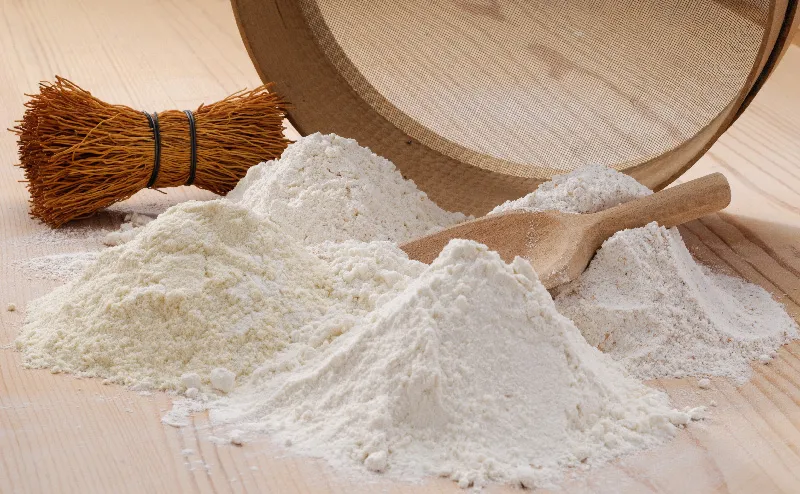Meshes for Industrial Materials
Secondary Processing
industrial-applicationsSecondary Processing Technology
Secondary processing technologies for mesh are introduced here.
These are technologies to process raw fabric mesh to the desired shape (confirmation required) by punching, slitting, or other methods.
Features
Application examples
Product specifications
| materials |
|---|
| Mesh count |
| Wire diameter |
| Application examples |
| Material of mesh |
| Processing methods |
| Target material |
| Features |
| Applications |
| Resin materials |
Comparison of properties
| Tensil strength |
|---|
| emulsion adhesion |
| antistatic capability |
This is the process of creating folds.
By creating folds, the flat mesh takes on a three-dimensional shape, giving it functionality and design.
The folds can be closed and opened to provide elasticity.
The three-dimensional shape increases the surface area (for filtration applications, this improves filtration efficiency).
Various types of pleats can be used to create a design.
Foods
Mesh is also used in food manufacturing processes for sieving powders such as flour and matcha, filtering liquids such as beverages and edible oil, and solid-liquid separation processes. Mesh is indispensable to support food, not only for removing foreign matter and preventing contamination, but also for improving food quality.
Did you find what you were looking for?
If you have any questions or concerns about industrial material mesh, please feel free to contact NBC Meshtec.
We propose appropriate meshes and processing technologies to give shape to our customers’ wishes.















